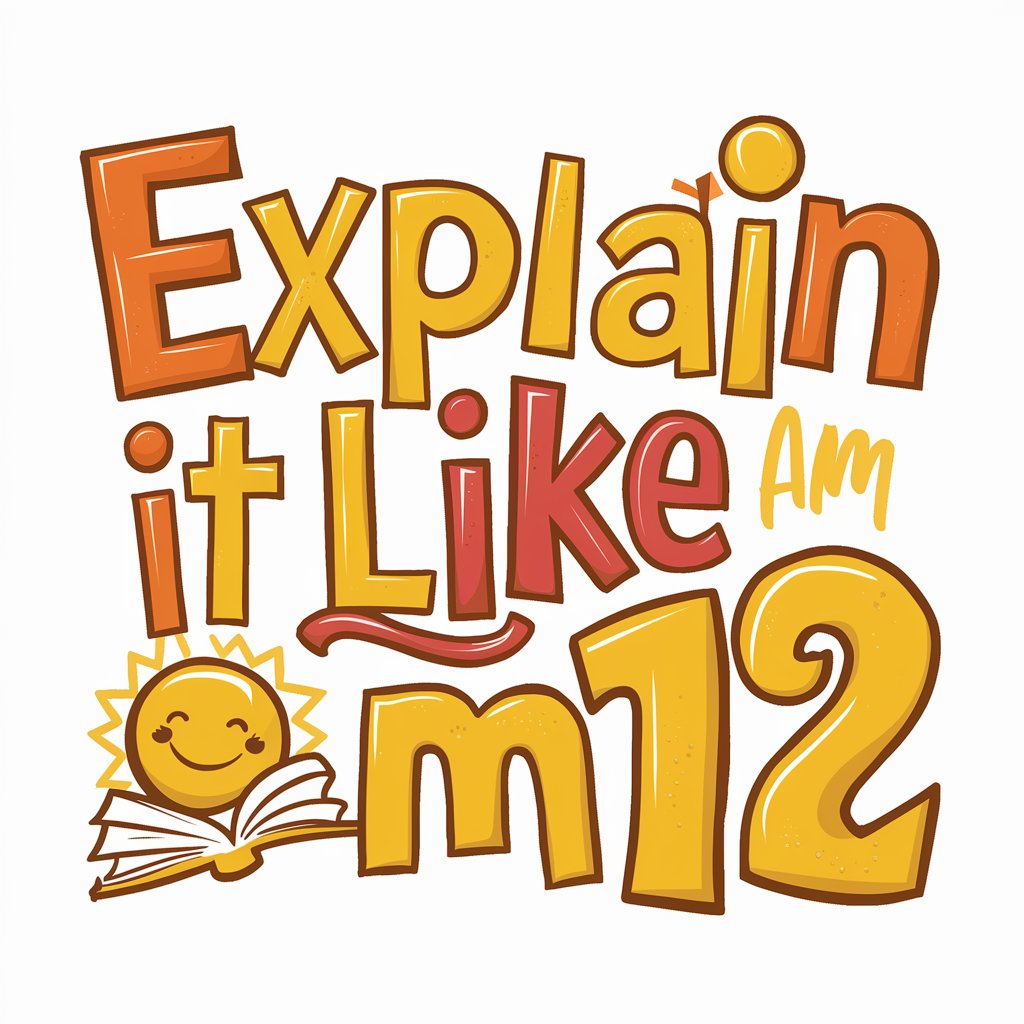
D3.js Assistant - D3.js visualization assistant

Hello! Ready to assist with your D3.js visualization needs!
AI-powered D3.js coding companion
How can I create a bar chart in D3.js?
What's the best way to handle large datasets in D3.js?
Can you show me how to add tooltips to my D3.js graph?
How do I make D3.js graphs with typescript?
Get Embed Code
Introduction to D3.js Assistant
D3.js Assistant is a specialized tool designed to assist users with creating and understanding data visualizations using the D3.js library. D3.js (Data-Driven Documents) is a powerful JavaScript library used for binding data to DOM elements, enabling developers to generate complex visualizations with dynamic, data-driven updates. The assistant’s core function is to simplify this process by providing tailored code, examples, and explanations related to D3.js usage. For instance, if a user wants to create a bar chart or map visualization, D3.js Assistant offers step-by-step guidance and fully executable code, reducing the technical complexity of D3.js. This makes it ideal for users ranging from beginners who need learning resources to advanced developers seeking optimization advice. The assistant also helps troubleshoot common D3.js challenges such as transitions, data bindings, and modular integration. Powered by ChatGPT-4o。

Main Functions of D3.js Assistant
Generating D3.js Visualizations
Example
Creating a bar chart using a dataset
Scenario
A user wants to visualize sales data for different products. D3.js Assistant provides a bar chart template, helping the user bind their dataset to the bars and adjust the chart's axes.
Modifying and Customizing Visualizations
Example
Changing axis scales and color schemes in a line chart
Scenario
A developer is working on a time-series line chart but needs to modify the y-axis to log scale and change the color palette to reflect different data categories. D3.js Assistant suggests specific modifications to D3.js code for these requirements.
Data Manipulation and Binding
Example
Using `d3-array` to group data
Scenario
For a dataset that needs to be grouped by categories, D3.js Assistant guides the user on how to apply `d3.group` to group their data by attributes like 'city' or 'product type' before visualizing it in a grouped bar chart.
Integrating D3.js with Other Libraries
Example
Combining D3.js with React for an interactive dashboard
Scenario
A frontend developer building a React-based dashboard wants to include a D3.js-generated chart that updates in real-time. The assistant provides tips on integrating D3.js code with React components, ensuring state management remains efficient.
Animation and Transitions
Example
Adding smooth transitions to bar chart updates
Scenario
A user wants to add a smooth animation when data in a bar chart is updated (e.g., when new sales data arrives). D3.js Assistant provides code examples using `d3.transition()` to animate the resizing and color changes of the bars.
Debugging and Optimization
Example
Optimizing performance for large datasets in a scatter plot
Scenario
When dealing with large datasets in a scatter plot, performance might degrade. D3.js Assistant offers solutions such as using `d3.quadtree` for efficient point lookup and limiting DOM manipulations, ensuring smooth interaction even with extensive data.
Ideal Users of D3.js Assistant Services
Data Analysts and Scientists
These users work with large datasets and require dynamic visualizations for analysis. D3.js Assistant helps them transform raw data into informative visual formats such as scatter plots, histograms, and heatmaps. The assistant offers insights into customizing charts and performing complex data transformations.
Web Developers
Developers building interactive dashboards or data-driven web applications benefit from using D3.js Assistant. The assistant provides sample code and integration advice for embedding D3 visualizations in frameworks like React, Vue.js, or Angular, helping to enhance UX through data visualizations.
Business Intelligence Professionals
BI professionals often need to create visual dashboards for stakeholders. The assistant provides quick solutions for creating D3.js-based visuals such as line charts, bar charts, and pie charts, helping them convert data into meaningful insights that drive business decisions.
Students and Learners of Data Visualization
Students learning data visualization, whether in computer science or data science courses, can use D3.js Assistant to get hands-on experience in creating interactive visualizations. The assistant explains core D3.js concepts and provides practice exercises to deepen their understanding.
UX Designers Interested in Data Representation
UX designers who focus on how data is represented within digital products can use the assistant to understand how D3.js generates charts, graphs, and maps. It helps them explore different visualization options to enhance data presentation in user interfaces.

How to Use D3.js Assistant
Visit yeschat.ai
Start your free trial without login and no need for ChatGPT Plus.
Prepare Your Dataset
Ensure your dataset is in a usable format like CSV, JSON, or TSV, or use the Assistant to help you format it.
Access D3.js Resources
Leverage built-in guidance on D3.js modules such as d3-array, d3-scale, and d3-axis to work with data effectively.
Customize Visualizations
Build visualizations step-by-step by asking the Assistant for code snippets, functions, and interactions specific to D3.js.
Optimize with Performance Tips
Ask for tips to optimize your D3.js performance, such as using transitions or optimizing layout and interactivity.
Try other advanced and practical GPTs
Science Planner Pro
Empowering Educators with AI-Driven Science Planning

Programming Mentor
Empowering your coding journey with AI.

Daily Positive Affirmations
Empower Your Mind, Transform Your Life

Story Illustrator
Bring Your Stories to Life with AI

Calegendary - Quarterly Calendars
AI-Powered, Artistic Calendar Creation

Weed Finder
AI-powered Cannabis Concierge

Card Crafter
Crafting Personalized Greetings with AI

Welltory AI Coach: Wellness & Lifestyle
Your Personal AI Health Companion

Explain it like I am 12
Simplifying Complex Ideas with AI

InfoRAMQ
Navigating Quebec Healthcare, Simplified

Behavior Buddy: Assessments
Empowering behavior analysis with AI

Game Mathster
Empower Your Game with AI

Common Questions About D3.js Assistant
What datasets can I use with D3.js Assistant?
D3.js Assistant supports datasets in formats such as CSV, JSON, and TSV. You can also work with complex data hierarchies and customize formats using D3.js modules like d3-array and d3-dsv.
Can D3.js Assistant help with animations?
Yes, D3.js Assistant can help you create smooth animations using D3's transition module, easing functions, and timeline control. Just ask for guidance on the d3-transition module.
How can D3.js Assistant assist with interactive charts?
The Assistant can help you implement drag-and-drop features, zooming, brushing, and interactive tooltips using modules like d3-drag, d3-zoom, and d3-brush.
Does D3.js Assistant support advanced data visualization types?
Yes, you can build advanced visualizations like chord diagrams, force-directed graphs, and hierarchical layouts using D3.js modules such as d3-chord and d3-force.
How do I ensure my D3 visualizations are responsive?
D3.js Assistant can help you make your visualizations responsive by adjusting SVGs dynamically using flexible layouts, scalable elements, and event listeners for window resizing.